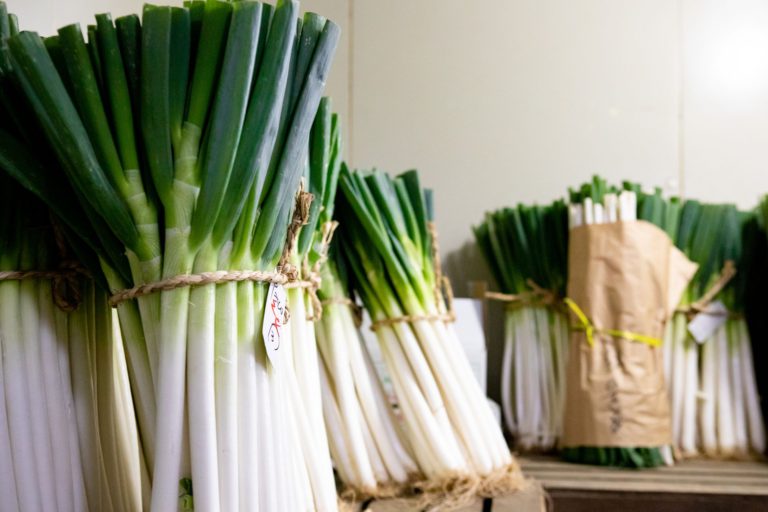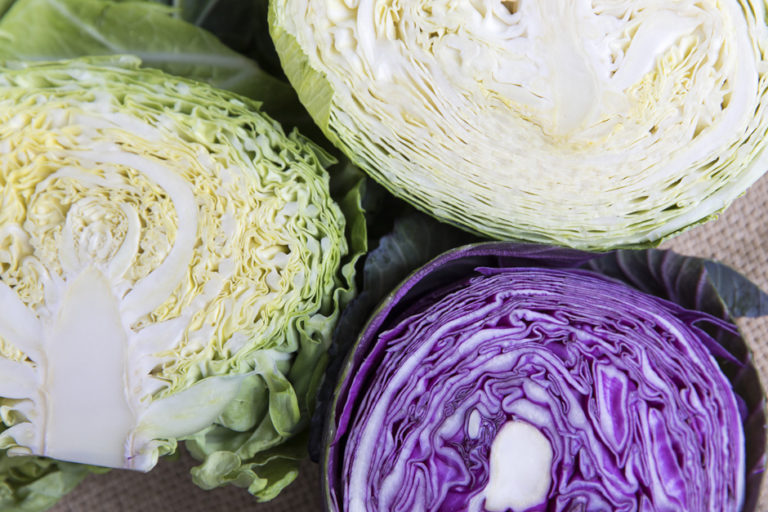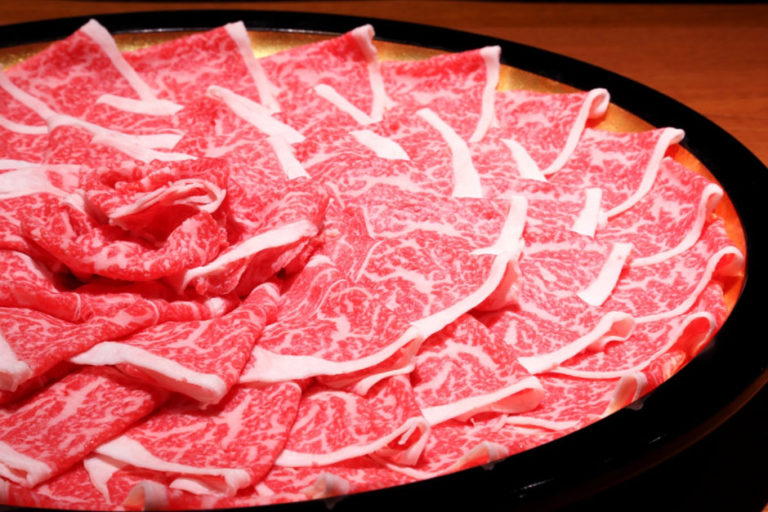A glorious array of rice crackers made with love and care
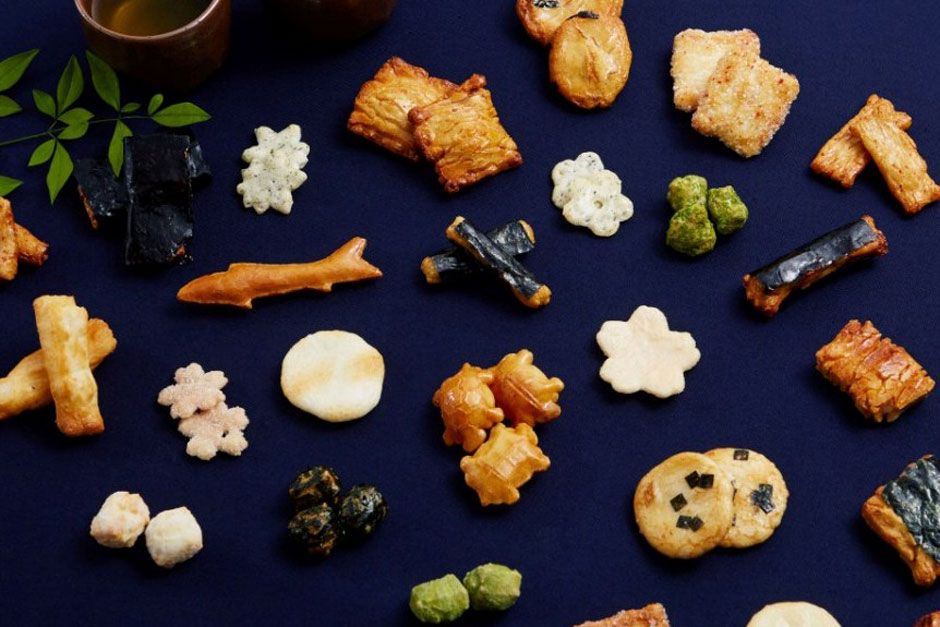
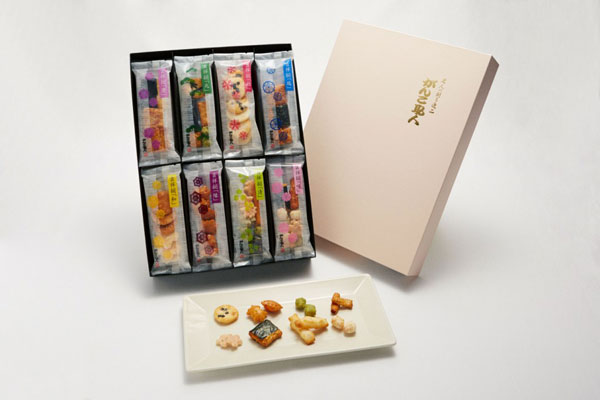
*Package shape varies according to price.
*Packaging design may vary depending on the season.
In this article, we present a special selection of rice crackers called the Kissho Assortment which is marketed under the Ganko Shokunin brand. Ganko Shokunin is a collection of independent artisans dedicated to making unique and delicious rice snacks. Their creativity is given expression through the unique shape and flavor combinations that they produce. Their rice snacks are indeed works of art.
The SHUN GATE team sampled the Kissho Assortment, and here we give you our impressions of this product, including taste, appearance and other important considerations.
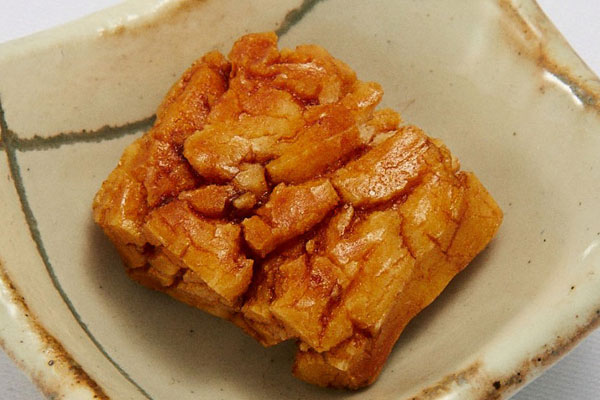
Every one is unique
When you open the handsome Kissho Assortment gift box, you are greeted by the sight of eight beautifully presented packages lined up inside, each with different patterning on it. The packages are just the right size for a snack, and you can see the beautiful rice crackers inside each one.
For example, the package called cho (omen) has a pine tree pattern on it and contains a “mustard red” rice cracker, which is cracked like the bark of an old tree, as well as a “small granules of maccha (green tea)” rice cracker that is green with the maccha flavor. Certainly, the package has an elegant simplicity that reminds one of an aging pine tree.
The package called sei (purity), meanwhile, sports a maple tree design and contains rice crackers that depict moss-covered stones, red autumn leaves, and the ayu (sweetfish).It evokes imagery of a stream running through the mountains. The Kissho Assortment comprises 28 different types of okaki rice snack, sorted by genre into the eight packages.
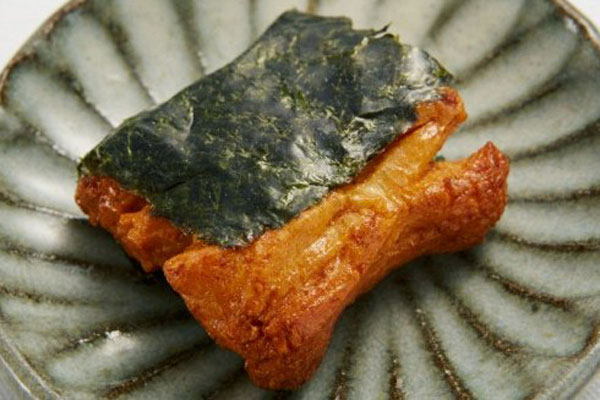
They all look so tempting that it’s hard to know where to start. In the end, we decide to open the zui package, which is adorned with a picture of the double-flowered yellow sorrel flower and contains a nice thick okaki.
The nicely browned genkotsu (fist) is crunchy and boasts the natural flavor of mochi rice that is unique to the okaki cracker. The oiso (large seaweed) has nori seaweed wrapped around it, and the lovely flavor and aroma of roasted nori blends effortlessly with the flavor of the mochi rice.
Uncompromising dedication to pursuing the inherent flavor of mochi rice

Ganko Shokunin rice snacks are considered works of art. On the rear of the packages, and also on the product leaflet, can be found the names of the artisans responsible for each snack. At Ganko Shokunin, we are introduced to Mr. Shigetomo, who makes the genkotsu, and Mr. Takao, who makes the oiso.
“You don’t eat an okaki to make yourself full,” says Shigetomo, producer of the genkotsu. “We believe that people are more interested in taste than volume. This has been my guiding principle in making rice snacks over the last 50 years.”
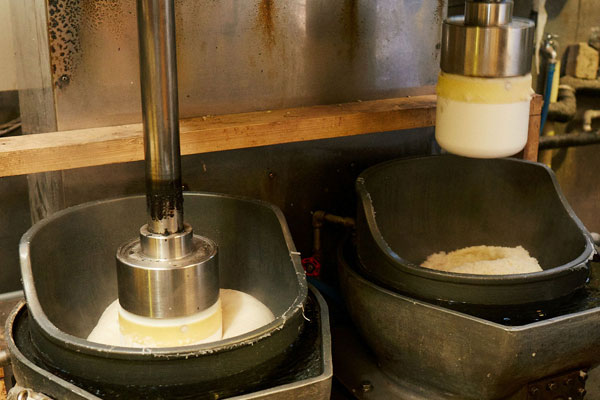
Shigetomo currently uses a variety of mochi rice called Himenomochi from Iwate prefecture. It is a high-quality variety that tastes very good even in mochi form.
“The mochi flavor gradually gets lost in the production process,” says Shigetomo, “so unless we start with strongly flavored mochi rice, the end product becomes flavorless.” This explains why the selection of mochi rice is seen as very important.
The design of the manufacturing process can have a significant influence on the flavor and even the texture of the finished okaki.
After steaming the rice, Shigetomo pounds it with a mallet. “Some places use a combined steaming and kneading machine, but we prefer to steam the rice completely first before kneading it with the mallet,” explains Shigetomo. “This produces a better result in terms of flavor and also helps it to puff up nicely in the oven.”
After pounding, the mochi dough is formed into flat cakes. These are refrigerated for about four days to firm up, which gives the baked okaki the requisite chewy texture.
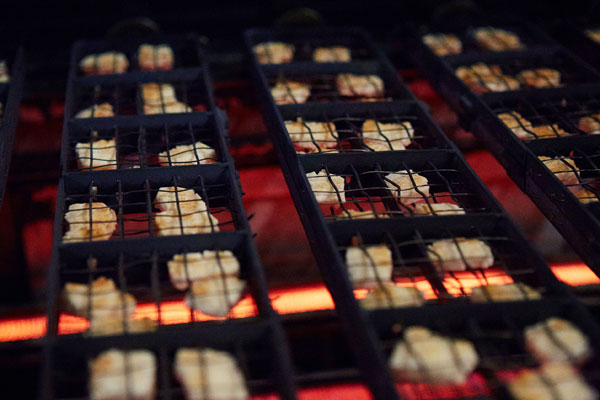
Baking is the one of the key processes that determine the taste of the finished product. The mochi pieces are arranged on wire netting high above the heat source and grilled very gently. Shigetomo turns the pieces over frequently to ensure even distribution of heat. “For optimum flavor you have to let the dough breath during the baking process so that the flavor elements escape into the air then are absorbed into the center of the okaki,” adds Shigetomo.
It is clear that Shigetomo is highly dedicated to his mission of making the best possible okaki. His genkotsu artwork represents a unique combination of flavor and texture that gives expression to his creativity.
The benefits of traditional outdoor drying
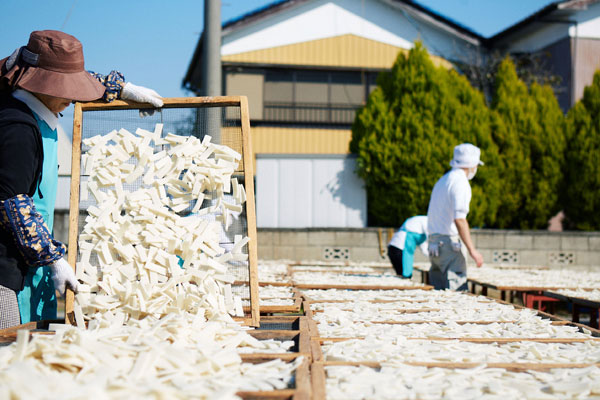
Our next interview is with Mr. Takao, maker of the oiso rice cracker. Making okaki is a family business for Takao, with older brother Shinko and nephew Yuji both involved.
Like Shigetomo, they prefer to steam the mochi rice fully before kneading. They also dry the mochi pieces the traditional way, by laying them out in the sun.
“Pounding the mochi rice brings out the flavor in the rice,” Yuji explains, “and sun drying extends the flavor right into the center of each piece.”
“Sun drying is a very delicate art that requires a combination of experience and intuition,” notes Takao. “It’s impossible to describe in words how to know when the pieces are ready for baking. It’s hard to explain it even to someone in your own family. You can only learn it by doing it yourself, and finding out what works and what doesn’t work.” Given that the pieces vary in size, shape and thickness, constant monitoring is necessary during the drying process to see when each individual piece is ready. Smaller okaki might take two days to dry, while larger or thicker pieces might take four or five days. The gentle sun-drying process is said to produce a more authentic okaki flavor.
Certainly, there is a richness that lingers pleasantly in the mouth well after you have finished eating. Takao says that this is the depth of flavor that he is aiming for with his okaki.
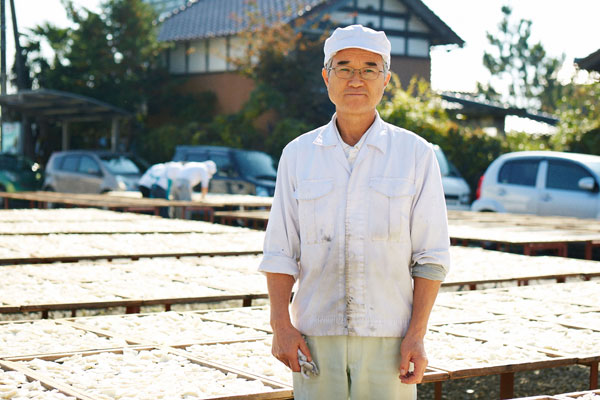
The most difficult aspect of sun-dried okaki is ensuring consistency of quality throughout the four seasons of the year.
If the weather takes a turn for the worse, everybody has to stop what they are doing and rush outside to get the mochi pieces back in before it starts to rain.
But Takao is certain that it is worth the effort. Looking at the pride on his beaming face, one can sense a commonality with the wonderful taste of the oiso with its perfect combination of nori seaweed and mochi rice.
A truly artisan brand
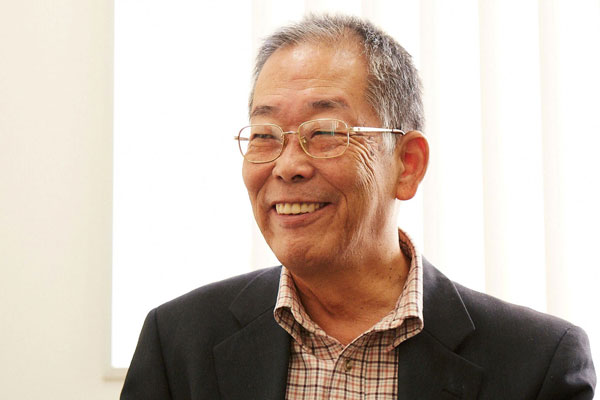
The Ganko Shokunin brand was created as a way of working with experienced artisans to market their exceptional rice snacks to a wider audience. Yoshio Nagai is president of Momenya, a supplier that stocks a range of Ganko Shokunin brand products.
“Each of the artisans has their own individual style,” says Nagai. “The type of rice they use, the water they use, the way they prepare the mochi pieces, the production methodology. And while each artisan has a fairly limited range, once you put together a selection of these highly unique rice snacks from different producers, you end up with a fantastic product that is so much more than the sum of its parts.”
It was 40 years ago that Ganko Shokunin was launched, and already some of the producers have started the process of handing over the business to the younger generation. There is even an association of second-generation Ganko Shokunin artisans, who have learned the skills of the trade from their parents and made the commitment to carrying on the family business. These people will bring their own ideas and modern sensibilities to the noble art of the okaki rice cracker.
Nagai is thrilled that so many of the next generation have risen to the challenge of taking over the business of making rice snacks. “The younger ones, they tend to get together with one another much more than in the old days,” says Nagai. “Sometimes I get invited to their meetings, and it’s always a lot of fun.”
Ganko Shokunin products are an ideal gift that convey the dedication and affection of the artisan producers and in turn provide an important insight into the finest aspects of Japanese tradition and culture.
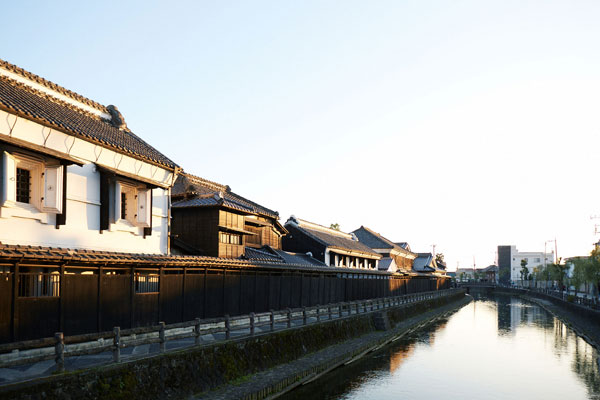
Momenya
The city of Tochigi came to prominence as a warehousing center built to service flourishing trade with Edo (modern-day Tokyo).Today, Tochigi still boasts many of the original white-washed storehouses with black fences from a century ago lined up along the Uzuma river, a scene that takes you back in time.
Momenya is housed in an early Meiji era building at the foot of the Koraibashi bridge over the Uzuma river, next to the Tsukada Museum of History and Legend, a popular tourist destination. In addition to okaki rice crackers from Ganko Shokunin, it stocks a wide range of locally made Japanese snacks and sweets that make ideal gifts. At the rear of the shop is a small area with chairs and tables where you can sample your purchases in peace and quiet. If you’re feeling tired after walking around this beautiful precinct, it’s a wonderful place to stop in for a sweet treat to revive your weary legs.
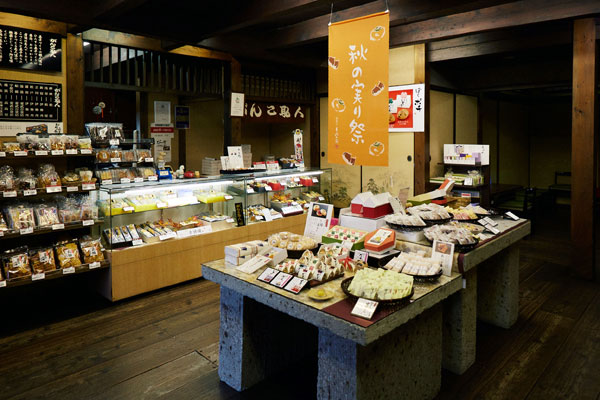
| Location | 2-18 Yamato-cho, Tochigi-shi, Tochigi *15-minute walk from JR Tochigi station |
|---|---|
| TEL | 0282-22-7400 |
| Hours | 9:00-18:00 |
| Closed | January 1 |
| URL | http://www.momenya.com |

